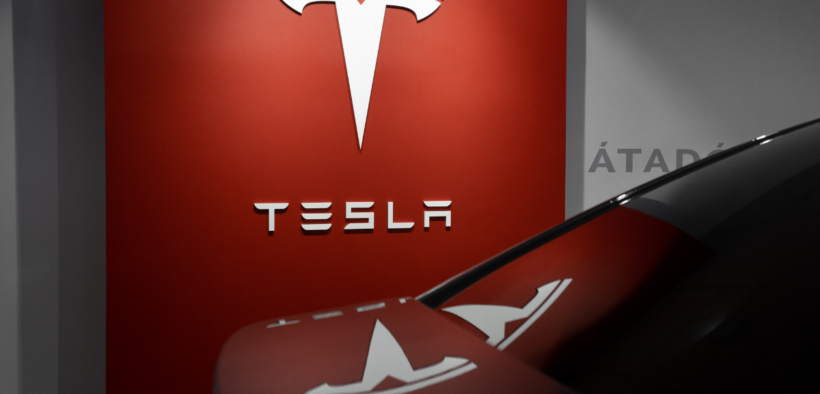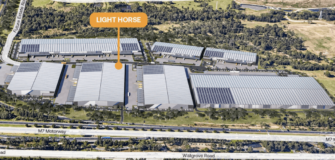Australia set to become a renewable energy superpower, says Tesla chair
Share

Sydney-born Tesla chair Robyn Denholm believes that the global transition to electrification may provide the boost to revive Australia’s car manufacturing industry, with Australia poised to become a renewable energy superpower.
At a Minerals Council of Australia conference in Canberra, Denholm announced that Tesla plans to spend more than $1 billion a year on Australian lithium, nickel and other rare earth minerals for its batteries and engines, given the country’s good reputation of its mining industry.
“We can achieve a thriving economy fueled by better jobs, mining jobs, advanced manufacturing jobs, technology jobs, renewable energy jobs – and a thriving environment enabled through cleaner energy and practices,” Denholm said during her keynote speech.
“Can Australia move even further up the value chain? To large scale cell manufacturing? To vehicles? In my view, that’s a possibility,” she said.
She continued that Australia has the minerals, the know-how and many of the skills, and predicted that if Australia will manufacture full vehicles again at a wide scale, they’ll be electric.
“Imagine an Australia where lithium is mined in Ravensthorpe; it’s refined in Kwinana; used to manufacture battery cells in Rockhampton; which are installed in a bus built in Moss Vale. The bus is recharged with equipment built and designed in Brisbane, powered by Australian solar energy courtesy of silicon quartz mined in South Australia,” she said.
Each of Tesla’s electric vehicles has about $5,000 worth of minerals and metals. According to Denholm, Australia is capable of supplying almost all these minerals.
Tesla already sources three-quarters of its lithium supply from the country and more than a third of its nickel needs.
Furthermore, Australia is also the sole country that can provide all three critical battery metals, including various components that are key in the transition to clean, renewable energy.
Australia to lead critical minerals supply by 2030
A recent government report predicts that Australia is well placed to be a leading supplier of critical minerals and crucial rare earths elements by 2030, with opportunities for Australian production and investment in downstream value-adding processes.
“Australia is blessed with abundant resources and a highly-skilled workforce which is ready to transform these minerals and elements into the kinds of products the world needs,” said Minister for Resources, Water and Northern Australia Keith Pitt.“Australia has long-established supply chains and is well placed to provide raw materials and potentially refined products to the world,” Minister Pitt said.
By 2030, the value of the global lithium-ion battery market is forecast to be $400 billion.
Related: Which country dominates the lithium-ion supply chains in 2020?
“That’s eight-times the revenue generated by Australia’s coal exports in 2020,” Denholm said.
“The opportunity for Australia is extraordinary and now is the time to seize it,” she said.
While Australia is the world’s top producer of lithium, the country does not process the mineral domestically as it sends it over to China to be refined.
With Tesla’s $1 billion invesment in Australian minerals, this could inspire the country to prioritise onshore refining, which is a great economic opportunity that could spell $1.6 billion annually.











